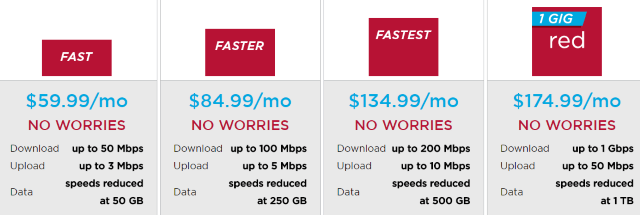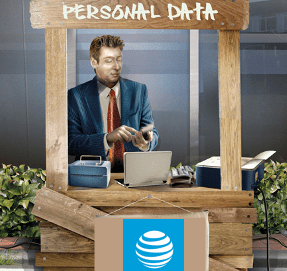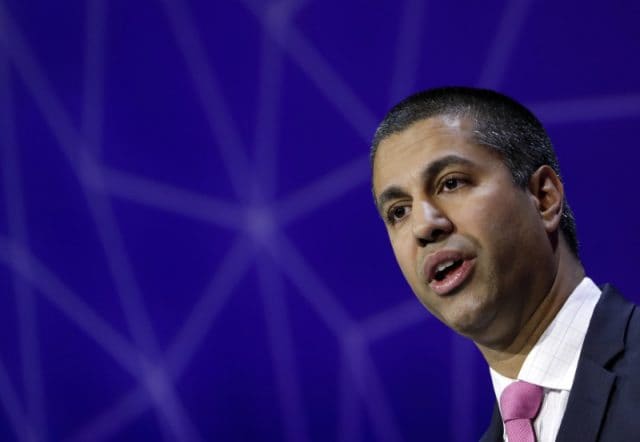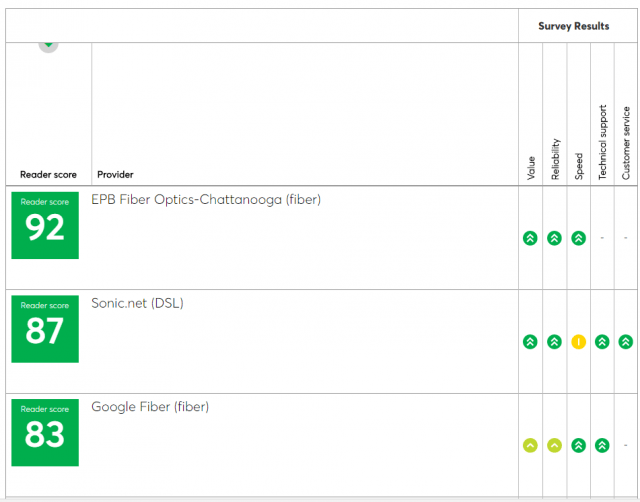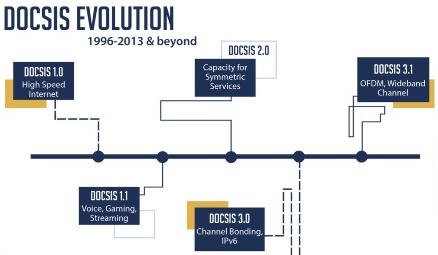 Cable magnate John Malone’s Liberty Interactive today announced it would acquire Alaska’s largest cable operator General Communication, Inc. (GCI) for $1.12 billion in an all-stock transaction.
Cable magnate John Malone’s Liberty Interactive today announced it would acquire Alaska’s largest cable operator General Communication, Inc. (GCI) for $1.12 billion in an all-stock transaction.
Malone is the biggest individual shareholder of Charter Communications, Inc., and has decades of experience running cable companies in the lower 48 states and abroad. He also has experience structuring deals to avoid the U.S. tax authorities, and this deal is no different. Malone will pay zero taxes on the transaction by creatively spinning off the cable operator, first rechristening it as QVC Corp (named after his home shopping channel), then combining QVC Corp with Liberty Ventures and splitting off the combined company to existing Liberty Ventures shareholders. When the transaction is complete, Malone will again rename the cable company GCI Liberty and keep all the proceeds for himself and his shareholders.
GCI’s 108,000 customers won’t see any changes at the cable company and wireless venture this year. The deal is not scheduled to close until 2018.
GCI’s oldest customers may recall John Malone used to own the Alaskan cable operator, but under a different name. Until 1986, it was part of Malone’s Tele-Communications, Inc. (TCI) empire.
Malone’s operating philosophy these days is best represented by Charter Communications. GCI customers can eventually expect to see a dramatically simplified menu of choices for broadband, television, and telephone service. Broadband from GCI is expensive and usage-capped. Its $60 entry-level plan offers 50/3Mbps service that is “speed reduced” after 50GB of usage a month. For that reason, many customers prefer GCI’s “Faster” plan of 100/5Mbps service for $84.99 a month, with speeds curtailed after 250GB of usage. A gigabit tier is available in certain locations offering 1,000/50Mbps for $174.99 a month, speed-throttled after 1TB of usage.


 Subscribe
Subscribe